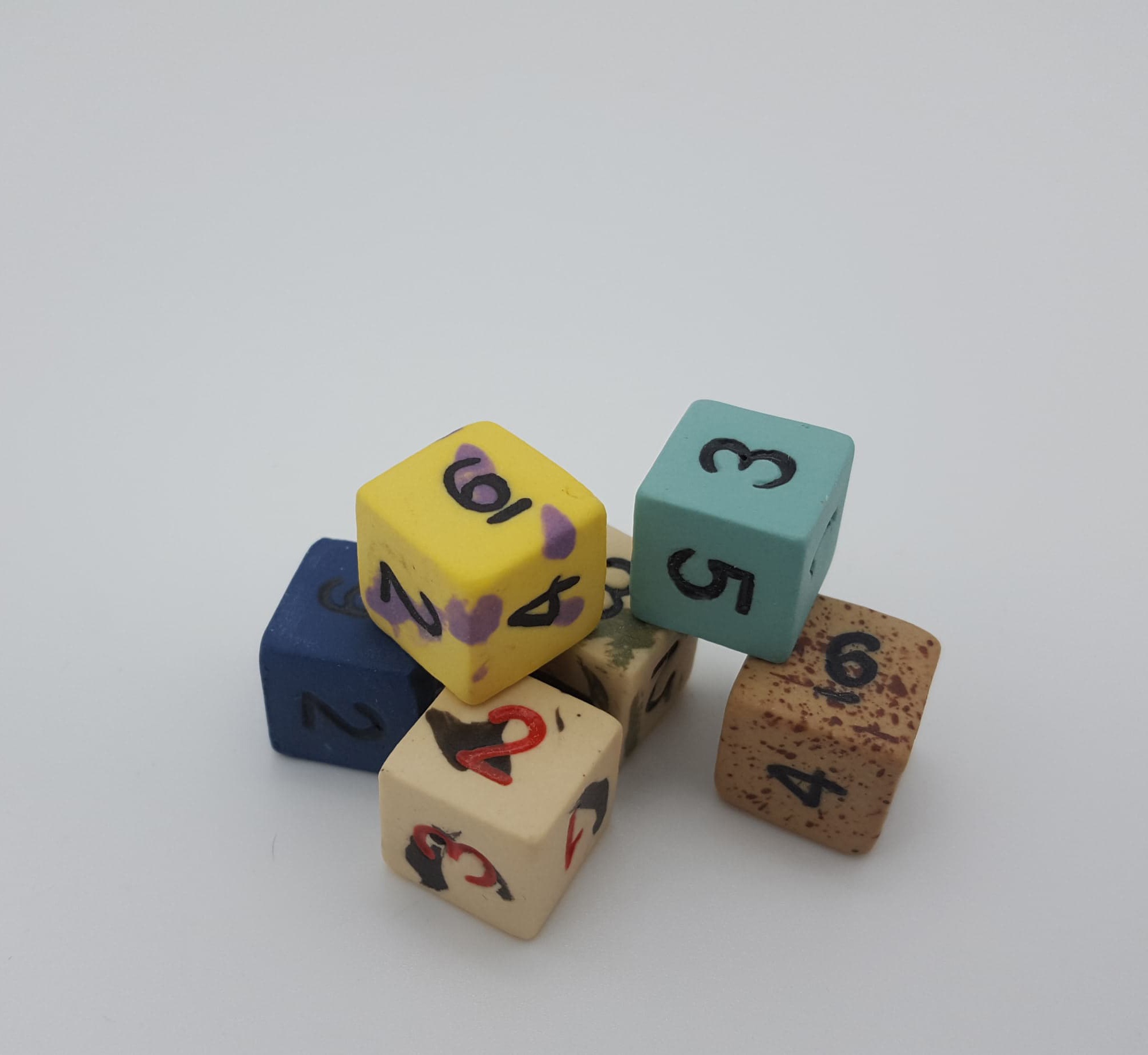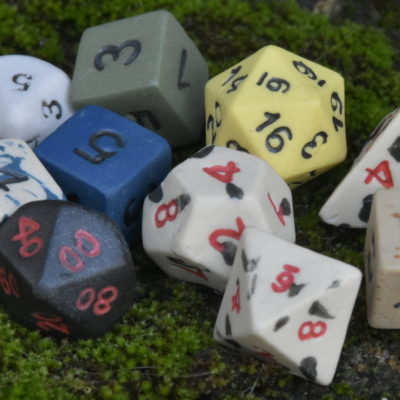Building Dynamic Cities and Settlements in D&D: A Guide for All Levels
Creating vibrant, dynamic cities and settlements is a key element in building an immersive world for your Dungeons & Dragons campaign. Whether you are a beginner Dungeon Master or a seasoned pro, this guide will provide valuable insights into making your urban environments come to life.
Understanding the Basics
Before diving into the complexities, it’s important to understand the fundamental components of a city or settlement. These include:
- Population size and diversity
- Geography and layout
- Economy and trade
- Government and laws
Population Size and Diversity
The size of your city can range from a small village to a sprawling metropolis. Population diversity adds depth—consider including various races, professions, and social classes.
Geography and Layout
A city’s geography greatly influences its layout. Natural features like rivers or mountains can dictate where districts form. Sketching out a basic map can be incredibly helpful.
Building dynamic cities and settlements in Dungeons & Dragons (D&D) is an integral part of crafting an engaging and immersive gaming experience. This guide is designed to cater to both the novice Dungeon Master just starting out in their world-building journey, as well as the more experienced Dungeon Master aiming to add more depth and dynamism to their urban environments. By focusing on key aspects such as population size and diversity, geography and layout, economy and trade, and government and laws, you can create a city or settlement that truly comes alive for your players.
Understanding the basics of city building is crucial before delving into the intricacies. To begin with, the population size and diversity of your city can vary greatly. A small village might have only a few residents, while a sprawling metropolis could be home to thousands. Incorporating a diverse range of races, professions, and social classes can add significant depth to your urban setting, making it more realistic and engaging for players.
The geography and layout of your city are also of paramount importance. Natural features such as rivers, mountains, or forests can heavily influence the formation of districts and the overall layout of the city. Sketching out a basic map that incorporates these geographical features can be an incredibly useful tool in visualizing and planning your urban environment. This, in turn, can help you create a city that is not only dynamic and diverse, but also logically constructed and believable.





